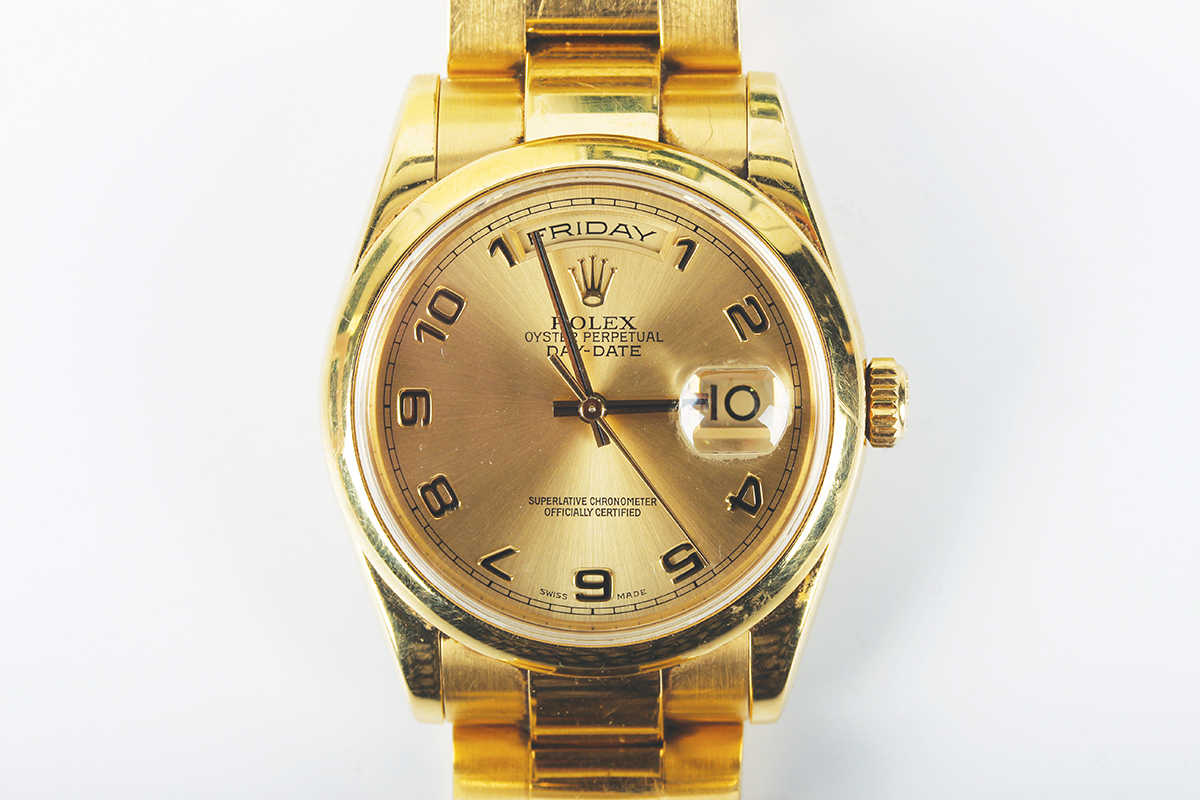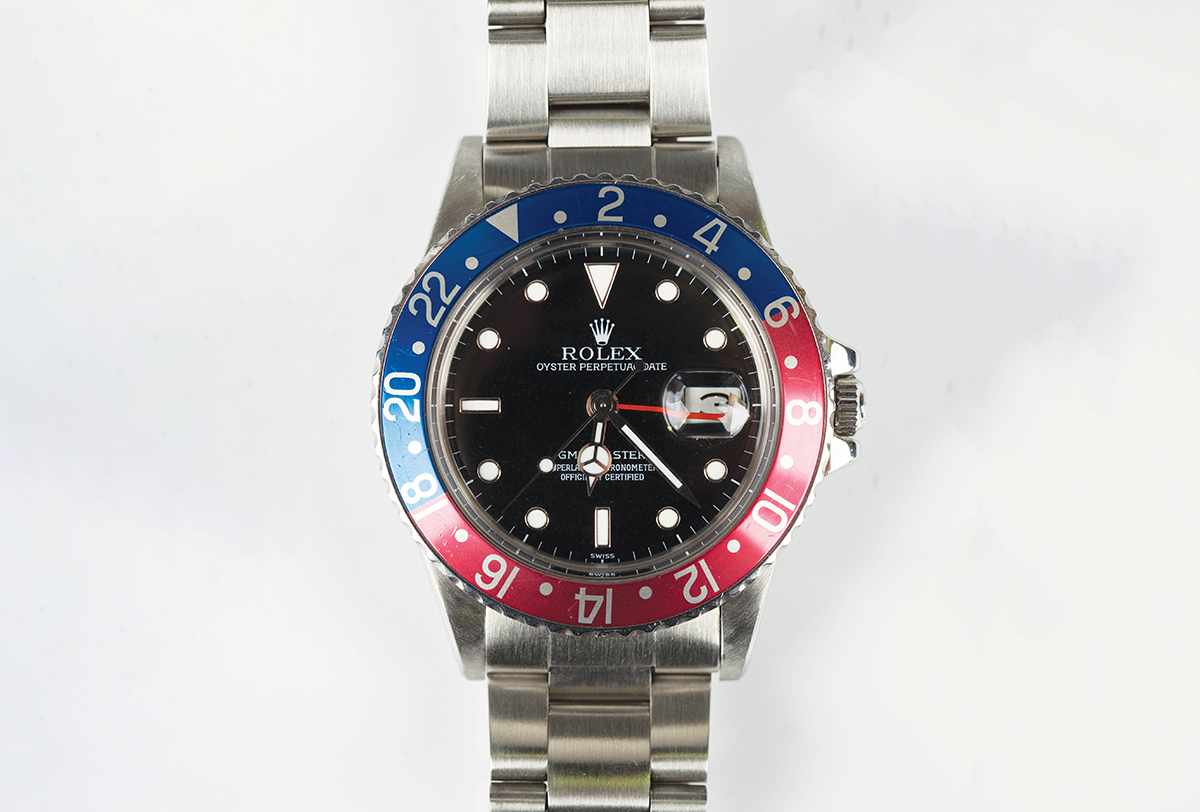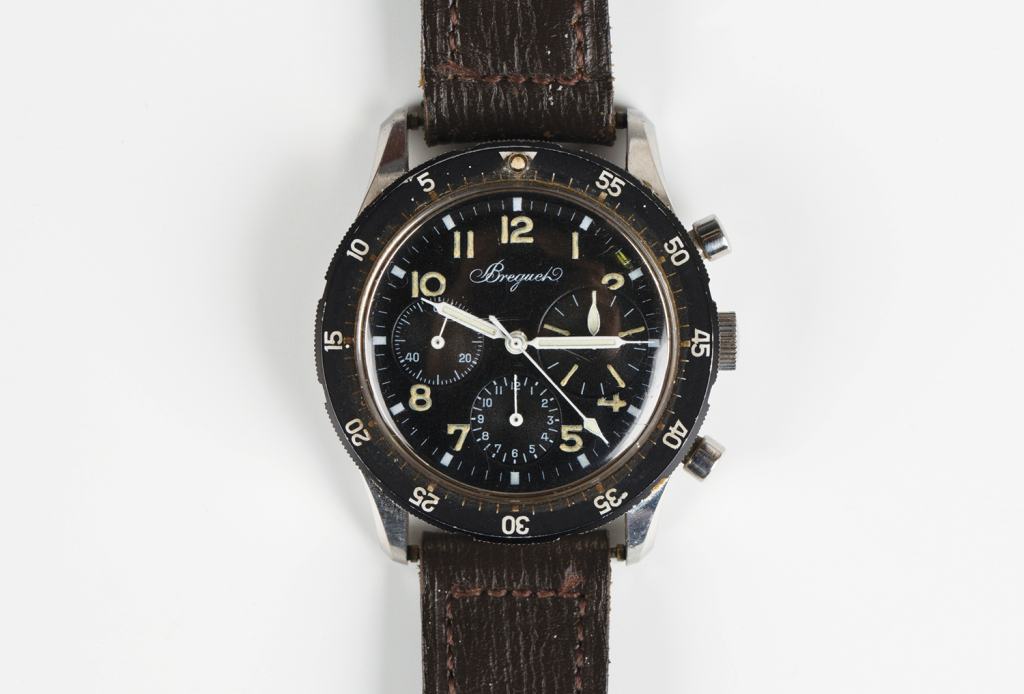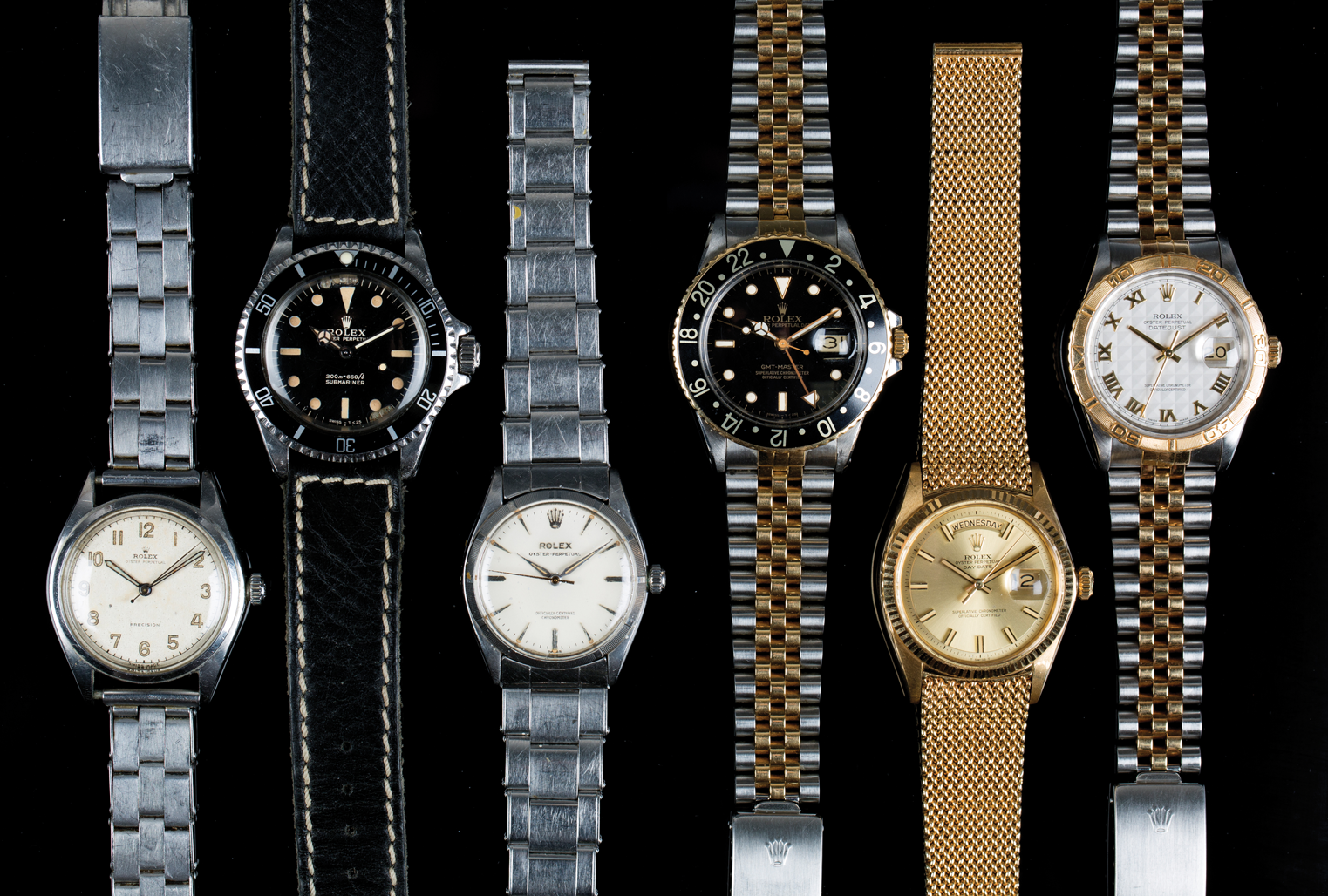
There is much talk about the potential effects of AI on our jobs and society. I would observe, however, that across the centuries people have always valued the handmade and have been prepared to pay huge premiums for objects that have a direct connection with the craftsperson’s hand. This truth continues to this day and is very hopeful.
Handmade watches fall into this category.
Rolex is one of the world’s strongest brands representing more than a century of precision watch making, creativity and aspiration. Many may be surprised to learn that the company we know today as Rolex was founded in London by Alfred Davis and his brother in law Hans Wilsdorf in 1905. It traded as Wilsdorf and Davis. Hans Wilsdorf wanted his watches to bear a name that was memorable, short and easy to say in any language. In 1908 he registered the trademark ‘Rolex’. In the same year he opened an office in Switzerland.
In 1914 the Kew Observatory awarded a Rolex watch a Class A precision certificate for accuracy, a distinction usually reserved for marine chronometers and a reflection of their mastery of the art of time.
Heavy tax duties in the UK after the Great War on luxury imports and exported precious metals used in watch cases caused Wilsdorf to move the company to Geneva, Switzerland.
In 1927 Rolex developed the first waterproof and dust-proof watch named the ‘Oyster’. In 1931 this was complimented by Rolex inventing the world’s first self-winding mechanism.
Rolex diving watches have been design icons since their introduction in 1953. They were the first diving watches to be waterproof to 330 feet. Introduced in 1955 the mechanism was able to simultaneously show the time in two zones allowing it to be used for navigation by those crossing the globe. The movement was improved in 1982 making it easier to use.

The 1984 Rolex Oyster Perpetual GMT-Master stainless steel cased gentleman’s bracelet wristwatch with its iconic red and blue bezel is part of this tradition.
The Rolex Oyster Perpetual Day-Date 18ct gold cased gentleman’s bracelet wristwatch offered a restrained elegance. Both of these fine watches were sold in Toovey’s specialist watch sales for £9000 and £10,000 respectively.
New or old a Rolex combines the status of a handmade design icon with superlative time-keeping. This combination delights connoisseurs and collectors.
Perhaps it’s time to change your wristwatch. Toovey’s Director, Tom Rowsell, is always pleased to offer advice whether you are considering acquiring or selling watches in this growing market.




